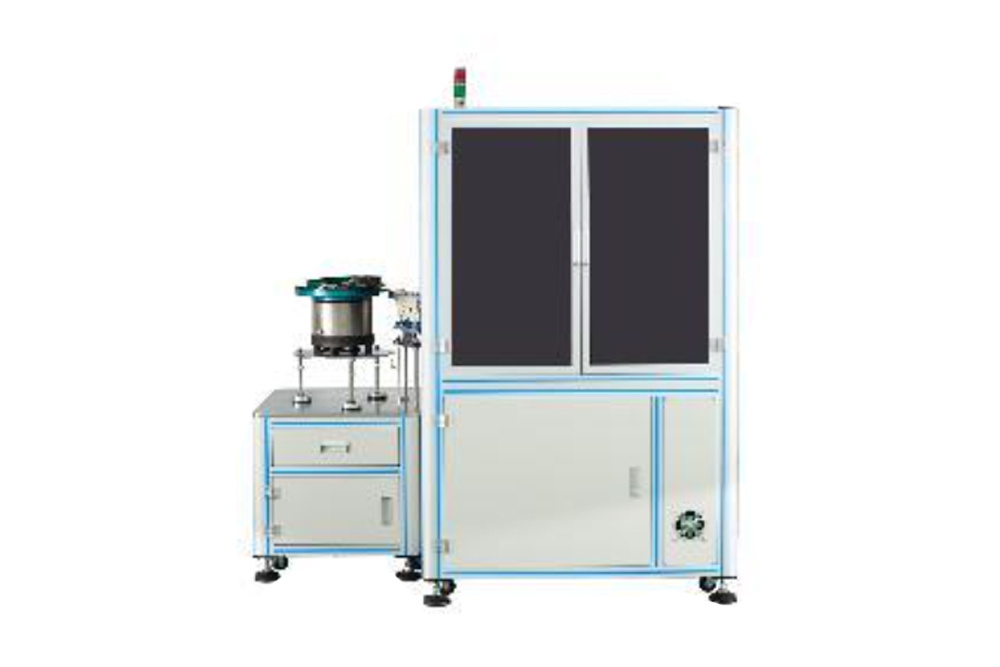Elevating Standards: Quality Assurance with Optical Sorting in Mobile Phone Parts
Elevating Standards: Quality Assurance with Optical Sorting in Mobile Phone Parts
Table of Contents
- Introduction to Optical Sorting in Mobile Phone Manufacturing
- What is Optical Sorting?
- The Importance of Quality Assurance in Mobile Phone Parts
- How Optical Sorting Technology Works
- Benefits of Optical Sorting in Mobile Phone Parts
- Case Studies: Successful Implementations of Optical Sorting
- Challenges and Limitations of Optical Sorting
- The Future of Optical Sorting in Mobile Phone Manufacturing
- Conclusion
- FAQs about Optical Sorting in Mobile Phone Parts
Introduction to Optical Sorting in Mobile Phone Manufacturing
In the fast-paced world of mobile phone manufacturing, quality assurance has become a critical component that can determine a product's success in a competitive marketplace. As mobile devices become increasingly sophisticated, the need for precise and reliable parts is paramount. **Optical sorting** is emerging as a cutting-edge solution that enhances quality assurance in the production of mobile phone components. This article delves into the intricacies of optical sorting technology, its benefits, challenges, and its transformative impact on the mobile phone manufacturing industry.
What is Optical Sorting?
Optical sorting is a sophisticated technology that utilizes **advanced imaging systems** to distinguish and segregate materials based on their physical and optical properties. In the context of mobile phone parts manufacturing, optical sorting systems analyze components for color, size, shape, and surface defects. The technology employs high-resolution cameras and sophisticated algorithms to ensure that only parts meeting stringent quality standards proceed to the assembly line.
The Mechanism of Optical Sorting
The operational mechanism of optical sorting involves several key components:
1. **High-Resolution Cameras**: These capture images of the components as they pass through the sorting machine.
2. **Illumination Systems**: Different wavelengths of light are used to enhance visibility and highlight defects that might not be visible to the naked eye.
3. **Data Processing Algorithms**: These analyze the captured images in real-time to identify faults in the materials.
4. **Ejection Mechanisms**: Defective parts are automatically removed from the production line, ensuring only high-quality components continue to the next stage.
The Importance of Quality Assurance in Mobile Phone Parts
Quality assurance is the backbone of mobile phone manufacturing, impacting customer satisfaction and brand reputation. Every component, from motherboards to camera lenses, must meet rigorous standards to ensure the device's overall performance and reliability. A single defective part can result in product failure, recalls, and significant financial losses.
Impact on Customer Satisfaction
With consumers becoming more discerning, the expectation for flawless performance in mobile devices is higher than ever. Quality assurance processes that incorporate optical sorting technology help manufacturers deliver products that meet or exceed user expectations, leading to enhanced customer satisfaction and loyalty.
How Optical Sorting Technology Works
Optical sorting technology employs several steps to identify and classify mobile phone parts effectively:
1. **Material Feeding**: Components are fed into the sorting system in a controlled manner.
2. **Image Capture**: As the parts pass through the camera system, thousands of images are captured every second.
3. **Analysis and Decision Making**: The data processing algorithms analyze the images to identify any irregularities or defects.
4. **Sorting and Ejection**: The system categorizes the parts based on the analysis, removing any that do not meet the specified quality criteria.
Benefits of Optical Sorting in Mobile Phone Parts
The integration of optical sorting technology into the quality assurance process of mobile phone parts offers several advantages:
1. Enhanced Accuracy and Speed
Optical sorting systems operate at high speeds while maintaining exceptional accuracy. This allows manufacturers to increase production rates without compromising quality.
2. Cost Reduction
By identifying and removing defective components early in the production process, manufacturers can significantly reduce waste and associated costs. This efficiency leads to an overall decrease in production expenses.
3. Improved Product Consistency
Optical sorting ensures that only components that meet stringent quality standards are used in production, leading to greater uniformity and reliability in the final product.
4. Real-time Monitoring and Feedback
Optical sorting systems provide real-time feedback to operators, enabling immediate adjustments to production processes and minimizing the risk of defects going undetected.
5. Versatility Across Materials
This technology is highly versatile, capable of sorting a wide range of materials used in mobile phone manufacturing, including plastics, metals, and composites.
Case Studies: Successful Implementations of Optical Sorting
Several leading mobile phone manufacturers have successfully integrated optical sorting technology into their quality assurance processes, yielding impressive results.
Case Study 1: Leading Smartphone Manufacturer
A prominent smartphone manufacturer implemented optical sorting technology in its assembly line for circuit boards. This resulted in a 30% reduction in defective components and a significant increase in production efficiency.
Case Study 2: Component Supplier
A supplier of mobile phone camera lenses adopted optical sorting to ensure the quality of their products. Following the introduction of this technology, they reported a 25% decrease in return rates due to defective lenses.
Challenges and Limitations of Optical Sorting
Despite its numerous benefits, the implementation of optical sorting technology in mobile phone manufacturing is not without challenges.
1. Initial Investment Costs
The cost of acquiring and installing optical sorting systems can be a barrier for some manufacturers, particularly small to medium-sized enterprises.
2. Technical Expertise Required
Operating and maintaining optical sorting technology requires skilled personnel with technical expertise, which may not be readily available in all manufacturing environments.
3. Variability in Materials
The diversity of materials used in mobile phone components can pose challenges for optical sorting systems. Some materials may not be easily distinguishable, requiring advanced algorithms for effective sorting.
The Future of Optical Sorting in Mobile Phone Manufacturing
The future of optical sorting in mobile phone manufacturing looks promising. As technology continues to advance, we can expect several key developments:
1. Integration with Artificial Intelligence
The incorporation of artificial intelligence into optical sorting systems will enhance their ability to learn and adapt to new materials and defects, improving sorting accuracy and efficiency.
2. Increased Automation
The trend toward greater automation in manufacturing processes will likely lead to the widespread adoption of optical sorting technology, streamlining production and quality assurance.
3. Sustainability Initiatives
As manufacturers focus more on sustainability, optical sorting can play a crucial role in minimizing waste and improving material recovery rates, aligning with eco-friendly practices.
Conclusion
In conclusion, optical sorting technology is revolutionizing quality assurance in the mobile phone parts manufacturing industry. By enhancing accuracy, speed, and cost-effectiveness, optical sorting systems are helping manufacturers meet the ever-increasing demands for high-quality components. While challenges remain, the benefits far outweigh the hurdles, paving the way for a future where optical sorting becomes an integral part of the manufacturing process. As technology continues to evolve, we can anticipate even greater advancements in quality assurance practices, ultimately leading to improved mobile devices for consumers worldwide.
FAQs about Optical Sorting in Mobile Phone Parts
1. What types of defects can optical sorting detect in mobile phone parts?
Optical sorting can detect various defects, including color inconsistencies, size discrepancies, surface imperfections, and foreign materials.
2. How does optical sorting compare to traditional sorting methods?
Optical sorting is significantly faster and more accurate than traditional sorting methods, which often rely on manual inspection and can lead to higher rates of error.
3. Can optical sorting systems be customized for different manufacturing needs?
Yes, many optical sorting systems can be tailored to meet specific manufacturing requirements, allowing for versatility in sorting various components.
4. What materials can be sorted using optical sorting technology?
Optical sorting technology can effectively sort a range of materials, including plastics, metals, glass, and composites.
5. Is the initial investment in optical sorting technology worth it for manufacturers?
While the initial investment can be significant, the long-term benefits of reduced waste, increased efficiency, and improved product quality typically justify the cost for manufacturers.
Related News













